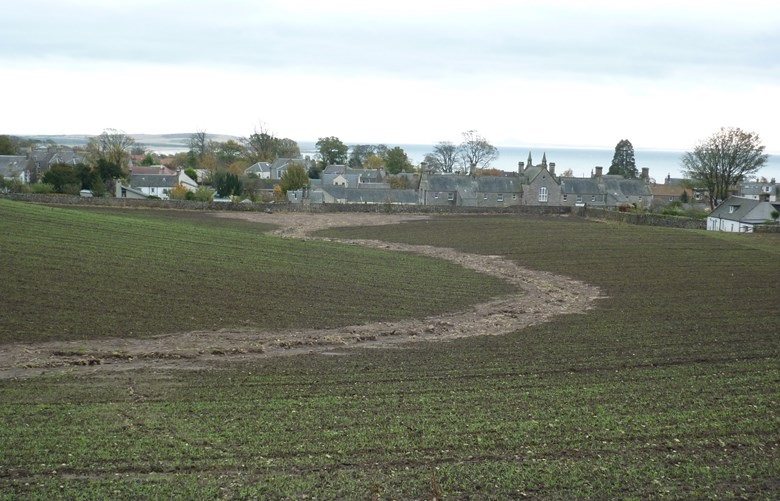
Surface runoff and erosion are the principle sources of phosphorus loss in arable soils, researchers from Scotland's Rural College (SRUC) have found.
Phosphorus loss through drains is also a key pathway, particularly in improved grasslands on soils with artificial drainage.
The research was funded by Scotland’s Centre of Expertise for Waters (CREW) and carried out in partnership with the James Hutton Institute.
It reviewed the current state of knowledge about various transport mechanisms which release nitrogen and phosphorus into the water environment.
These include surface runoff and soil erosion - exacerbated by soil compaction and structural degradation; the role of tramlines used for agricultural machinery and leaching through drain-flow.
They also include hotspots which contribute greater than average pollutant loads due to the combined effect of land management intensity and soil properties.
Focusing on Scotland, researchers reviewed the scale and extent of each of these mechanisms, preventative measures and solutions to minimise pollutant losses, and the costs and impacts on water quality associated with these.
They also identified key knowledge gaps for future research, including the need to quantify diffuse pollution from ‘hotspots’ in fields within Scottish catchments and understand the impacts of recommended preventative measures and solutions on water quality.
Lead researcher of the study, Joanna Cloy said improvement in water quality was important for society in general.
However, the agricultural industry would also benefit from preventing loss of valuable soils and nutrients from their land, as well as improvements in soil health.
“The report outlines options for mitigating soil erosion and nutrient losses and the costs associated with different options," Ms Cloy said.
"For example, good soil nutrient management, such as the use of a fertiliser plan linked to soil sampling for nutrient status and soil pH, is a simple and cost-effective measure for minimising pollutant losses.”
Knowledge transfer products, including a podcast for farmers, technical video and information sheets, have also been produced to communicate key messages about good soil management practices.
The project work builds on the success of the ‘Valuing Your Soils’ guidance for farmers, which was also funded by CREW.
